


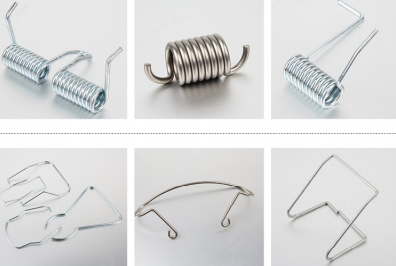
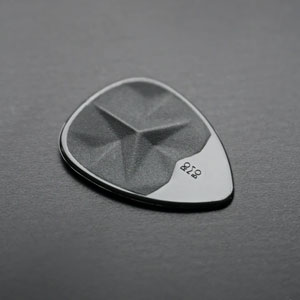
Our springs are crafted to meet exact specifications, ensuring superior performance and reliability.

From stainless steel to specialized alloys, we work with a variety of materials to meet your requirements.

Whether you need compression springs, torsion springs, molas de extensão, or wire forms, we deliver custom solutions.

Direct factory pricing ensures you get the best value for top-tier quality.
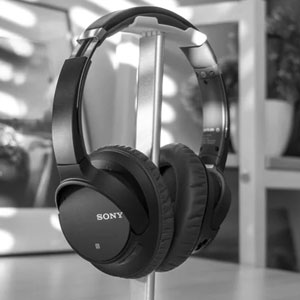
Streamlined processes allow us to deliver your orders on time, every time.

We efficiently handle international logistics to deliver anywhere in the world.
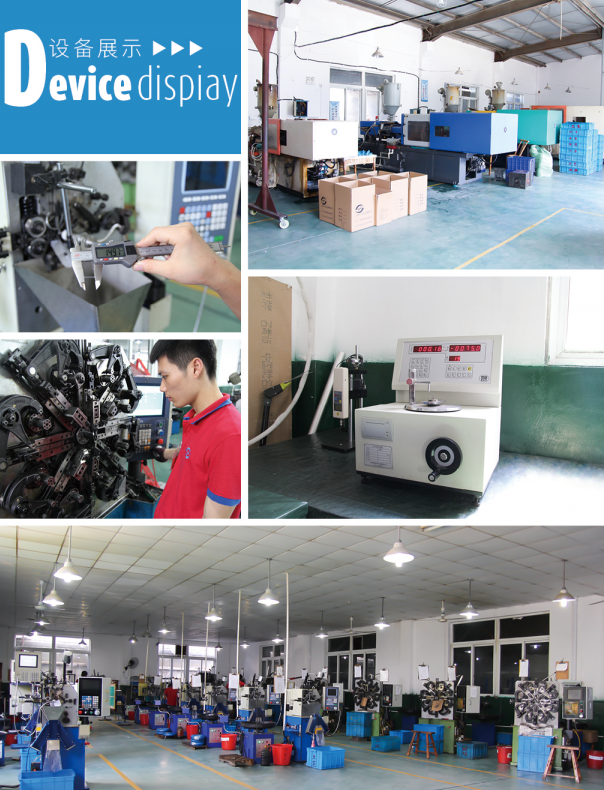
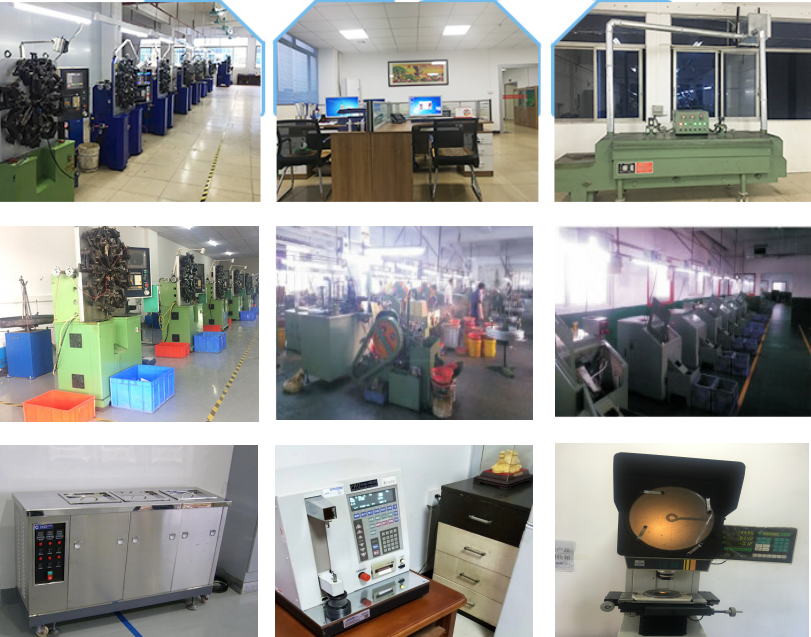
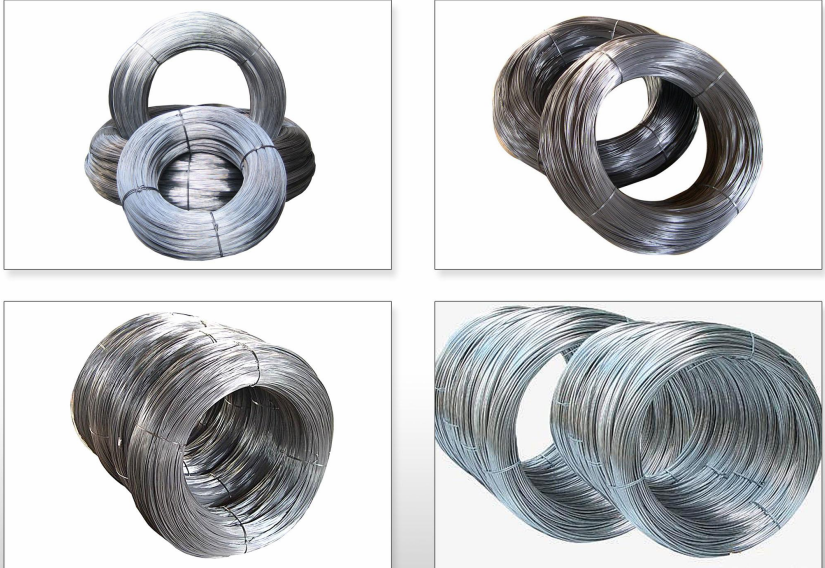
Springs are the unsung heroes in many industries, providing the flexibility, strength, and precision needed for countless applications. Whether you’re designing high-performance machinery or everyday tools, selecting the right material ensures reliability, durability, and cost-effectiveness. Let’s break down the essentials to help you make an informed decision!
Spring steels are incredibly popular due to their combination of elasticity, tensile strength, and fatigue resistance. They’re ideal for applications where springs are under constant stress or load.
Se o seu aplicativo envolve a exposição à umidade, produtos químicos, ou clima extremo, aço inoxidável é o seu material preferido. Essas ligas são resistentes à ferrugem e garantem um desempenho duradouro.
Às vezes, Seu aplicativo exige algo extra. É aí que materiais especiais, como super-operadores e compósitos de alta resistência, entram.
Case 1: Marine Equipment Manufacturer
A client designing springs for deep-sea applications chose 316L stainless steel for its superior resistance to saltwater corrosion. This decision doubled the service life of their products and reduced maintenance costs by 30%.
Case 2: Heavy Machinery Builder
A manufacturer of industrial presses switched to SWP alloy steel for their tension springs. The result? Springs withstood 20% higher loads and lasted 50% longer under continuous operation.
Case 3: Food Processing Startup
For springs in food slicers, 304 stainless steel was the perfect choice due to its affordability and compliance with food safety standards. The startup saved 15% on costs while ensuring hygienic performance.
| Serial No. | Steel Grade | C (%) | Si (%) | Mn (%) | Cr (%) | Mo (%) | V (%) | B (%) | Ni (%) | Cu (%) | P (%) | S (%) |
|---|---|---|---|---|---|---|---|---|---|---|---|---|
| 1 | 65 | 0.62–0.70 | 0.17–0.37 | 0.50–0.80 | ≤ 0.25 | — | — | — | 0.25 | 0.25 | ≤ 0.035 | ≤ 0.035 |
| 2 | 70 | 0.62–0.75 | 0.17–0.37 | 0.50–0.80 | ≤ 0.25 | — | — | — | 0.25 | 0.25 | ≤ 0.035 | ≤ 0.035 |
| 3 | 85 | 0.72–0.85 | 0.17–0.37 | 0.50–0.80 | ≤ 0.25 | — | — | — | 0.25 | 0.25 | ≤ 0.035 | ≤ 0.035 |
| 4 | 65Mn | 0.62–0.70 | 0.17–0.37 | 0.90–1.20 | ≤ 0.25 | — | — | — | 0.25 | 0.25 | ≤ 0.035 | ≤ 0.035 |
| 5 | 55Si2Mn | 0.52–0.60 | 1.50–2.00 | 0.60–0.90 | ≤ 0.35 | — | — | — | 0.35 | 0.35 | ≤ 0.035 | ≤ 0.035 |
| 6 | 55Si2MnB | 0.52–0.60 | 1.50–2.00 | 0.60–0.90 | ≤ 0.35 | — | — | 0.0005–0.004 | 0.35 | 0.35 | ≤ 0.035 | ≤ 0.035 |
| 7 | 55Si2Mn VB | 0.52–0.60 | 0.70–1.00 | 1.00–1.30 | ≤ 0.35 | — | 0.08–0.16 | 0.0005–0.0035 | 0.35 | 0.35 | ≤ 0.035 | ≤ 0.035 |
| 8 | 60Si2Mn | 0.56–0.64 | 1.50–2.00 | 0.60–0.90 | ≤ 0.35 | — | — | — | 0.35 | 0.35 | ≤ 0.035 | ≤ 0.035 |
| 9 | 60Si2MnA | 0.56–0.64 | 1.60–2.00 | 0.60–0.90 | ≤ 0.35 | — | — | — | 0.35 | 0.35 | ≤ 0.035 | ≤ 0.030 |
| 10 | 60Si2CrA | 0.56–0.64 | 1.40–1.80 | 0.40–0.70 | 0.70–1.00 | — | — | — | 0.25 | 0.25 | ≤ 0.035 | ≤ 0.030 |
| 11 | 55CrVA | 0.56–0.64 | 1.40–1.80 | 0.40–0.70 | 0.90–1.20 | — | 0.10–0.20 | — | 0.25 | 0.25 | ≤ 0.035 | ≤ 0.035 |
| 12 | 60CrMnA | 0.56–0.64 | 0.17–0.37 | 0.70–1.00 | 0.70–1.00 | — | — | — | 0.25 | 0.35 | ≤ 0.035 | ≤ 0.035 |
| 13 | 50CrVA | 0.46–0.54 | 0.17–0.37 | 0.50–0.80 | 0.80–1.10 | — | 0.10–0.20 | — | 0.25 | 0.25 | ≤ 0.035 | ≤ 0.035 |
| 14 | 30CrV2A | 0.26–0.34 | 0.17–0.37 | ≤ 0.40 | 2.00–2.50 | — | 0.50–0.80 | 4.4–5.0 | 0.35 | 0.35 | ≤ 0.035 | ≤ 0.035 |
Spring heat treatment is essential for optimizing mechanical properties, ensuring durability, and enhancing fatigue resistance. Various strengthening techniques, such as quenching, tempering, and surface treatments, are applied based on material type and application requirements.
The heat treatment process for springs can be categorized into three types:
The quenching process ensures uniform martensitic transformation, followed by tempering to relieve stress and enhance toughness. Técnicas como o tempeamento isotérmico melhoram ainda mais a plasticidade e a resistência, Garantir a mola mantém precisão dimensional e estabilidade mecânica.
| Tipo de processo | Descrição | Materiais utilizados | Efeitos -chave |
|---|---|---|---|
| Tireização & Temering | Aquecimento acima de AC3, contenção, Então o resfriamento rápido e a temperatura. | Aço de alto carbono, liga de aço | Aumenta a força, dureza, e elasticidade. |
| Cold Work Strengthening | Usa deformação mecânica em vez de tratamento térmico. | Fio de aço inoxidável, Tiras de aço com laminação a frio | Aprimora as propriedades de endurecimento do trabalho. |
| Aging Treatment | Estabilização adicional de calor após processamento inicial. | Certos materiais de liga | Melhora a estabilidade e a força. |
| Extinção isotérmica | Mantém a temperatura acima da ms, esfria em sal fundido. | Aço de alto carbono, Springs de liga | Aumenta a resistência e a plasticidade. |
| Temperamento controlado | Resfriamento gradual para evitar a deformação. | Molas de precisão, componentes mecânicos | Reduces internal stress and ensures accuracy. |
This structured approach ensures that each heat treatment method is aligned with specific material properties and application requirements for optimized performance.
The heat treatment of springs:
| Method | Process Description | Principais benefícios | Aplicações comuns |
|---|---|---|---|
| Conventional Heat Treatment | Heating and cooling steel to adjust mechanical properties | Aumenta a força, elasticity, e durabilidade | Medium to high-carbon steel springs |
| Surface Hardening Treatment | Carburizing, nitriding, or induction hardening of the outer layer | Enhances wear resistance while keeping core toughness | Automotive and industrial springs |
| Aging & Temering | Heat treatment to relieve internal stresses and refine microstructure | Improves stability and mechanical consistency | Precision and high-load springs |
| Steel Grade | Austenitizing Temperature (°C) | Isothermal Quenching Temperature (°C) | Cooling Time (min) | Hardness (HRC) |
|---|---|---|---|---|
| 65 | 820 ± 10 | 320 – 340 | 15 – 20 | 46 – 48 |
| 60Si2MnA | 870 ± 10 | 260 | 20 – 25 | 50 – 52 |
| 50CrVA | 850 ± 10 | 300 | 20 – 25 | 55 – 57 |
| Steel Type | Heat Treatment Process | Hardness (HRC) | Tensile Strength (MPa) | Yield Strength (MPa) | Elongation (%) | Impact Toughness (J/cm²) |
|---|---|---|---|---|---|---|
| 50CrVA | Conventional Quenching + Temering | 48 | 1750 | 1500 | 10 | 44 |
| 60Si2MnA | Extinção isotérmica + Temering | 47 | 1900 | 1750 | 11 | 46 |
| 65Si2MnWA | Extinção isotérmica + Temering | 50 | 2100 | 1980 | 9 | 43 |
This table format provides a clear and organized comparison of different heat treatment techniques for springs.

Xiamen Linspring was able to manufacture my custom order to specifications and was helpful and communicatie along the way.The quality of the delivered product was good.

This was my second order with Linspring. The seller is great to communicate with and the spring were perfect,just like the first order. Thank you for your prompt,courteous.

Very happy with our custom springs. On time and shipping was fast




Springs are essential components in countless industries, from automotive and aerospace to medical devices and household appliances. Custom springs, in particular, offer tailored solutions to meet specific requirements for performance, size, material, and application. Designing a custom spring requires careful consideration of numerous factors, from functionality to environmental conditions.
Molas de compressão
Tension Springs
Torsion Springs
Flat Springs
Specialty Springs
Choosing the right material is critical for the performance and durability of a custom spring. Some common materials include:
Carbon Steel
Aço inoxidável
Alloy Steel
Phosphor Bronze and Beryllium Copper
Titanium
Inconel and Other Superalloys
When designing a custom spring, there are several factors to consider:
Spring Type: Choose the appropriate spring type (compressão, tension, etc.) based on the application.
Load Requirements:
Spring Dimensions:
Material Selection: Choose a material that meets the application’s environmental, strength, and durability requirements.
Stress and Fatigue:
Operating Environment:
End Type:
Manufacturing Constraints:
Define Your Requirements:
Choose a Material:
Work with LINSPRING:
Prototype Development:
Final Production:
Provide Clear Specifications:
Request Samples:
Discuss Compliance:
Leverage Expertise:
Plan for Scalability:
Custom springs are a game-changer for applications that demand precision, performance, and reliability. By carefully considering factors like material, design, and operating environment, you can create a spring that perfectly suits your needs. Partnering with a trusted manufacturer LIKE LINSPRING ensures a seamless process from design to production, helping you achieve optimal results.
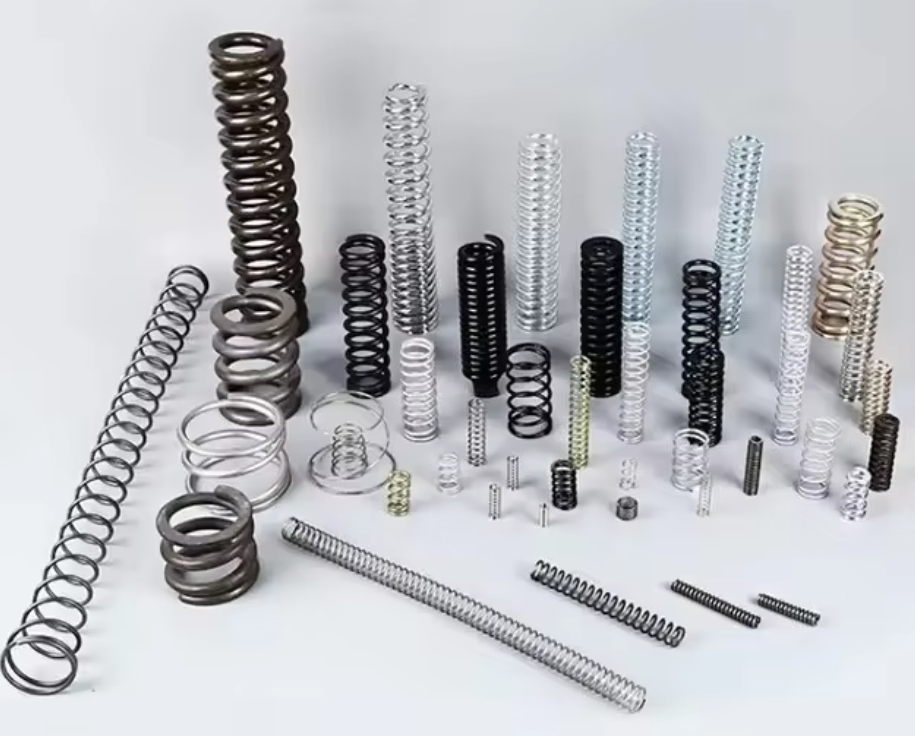
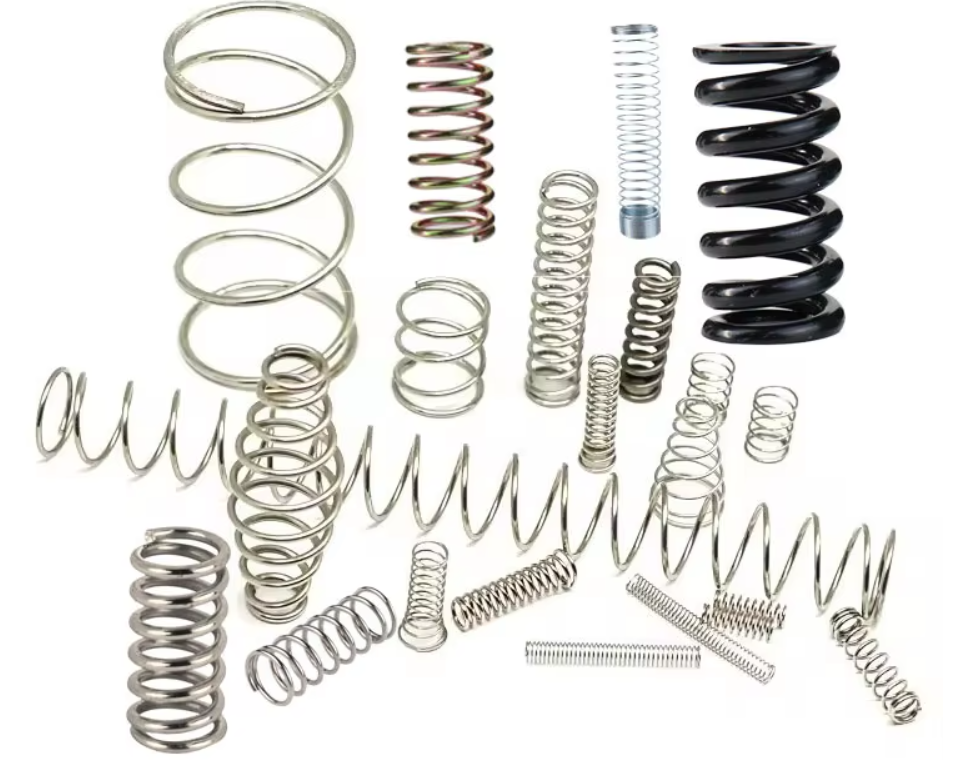
Still unsure which material fits your needs? Let’s discuss your specific application. Whether it’s automotive, aerospace, or precision engineering, we can help you select the perfect material tailored to your requirements.
Would you like a tailored recommendation or a deeper dive into one of the materials? Let’s make your project a success!
E-mail: sales@linspring.net
Telefone:+86-13599531763
Endereço: Unidade 502, chão 5, Edifício B, # 1 oficina, Centro de Apoio a Peças da Indústria Automobilística (fase IV), Cidade de Guankou, Distrito de Jimei, Xiamen,Fujian,China
Entraremos em contato com você dentro 1 dia útil.